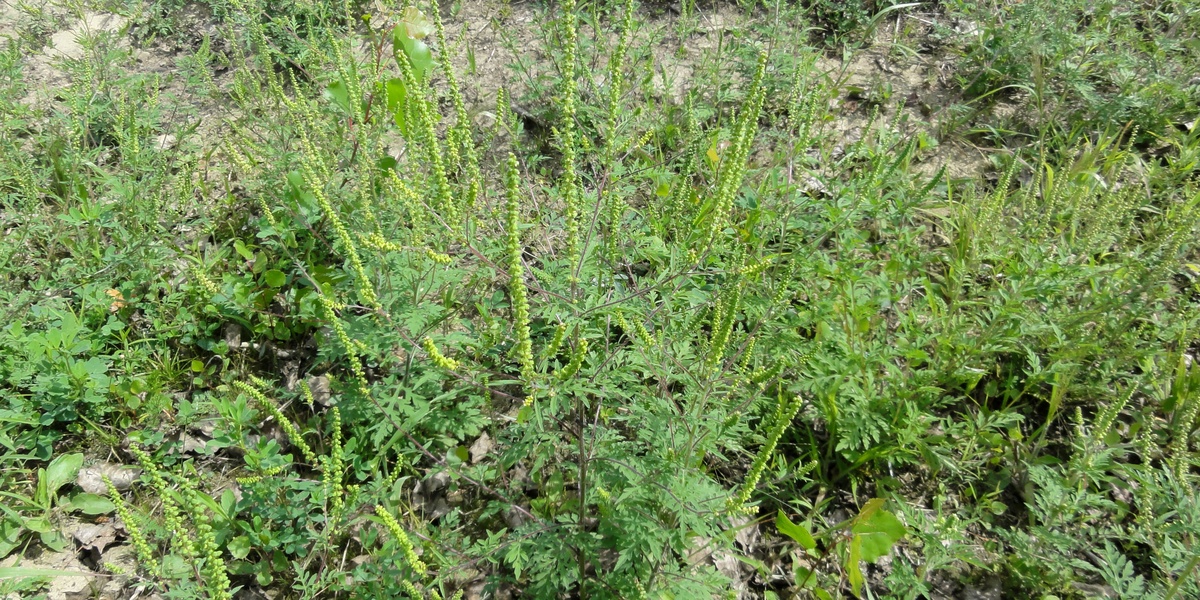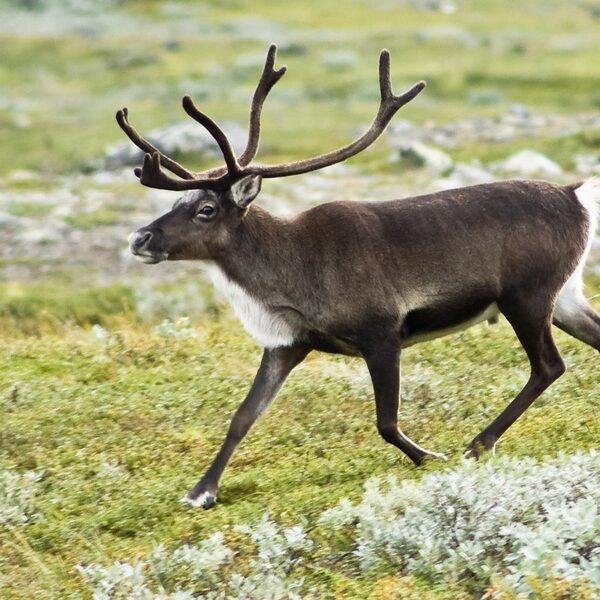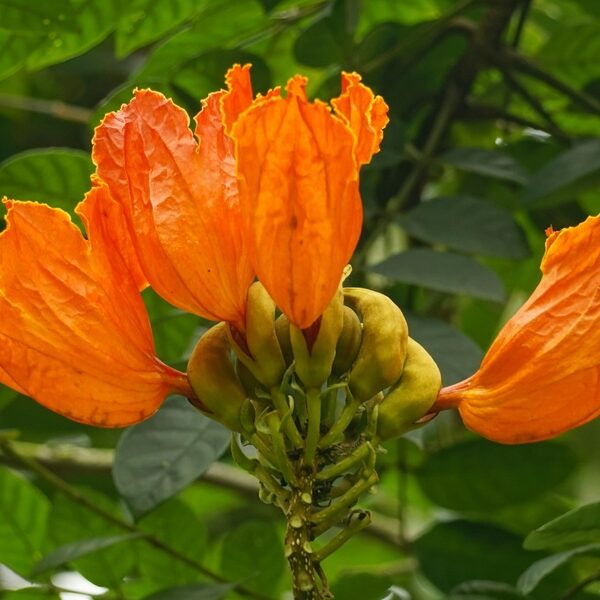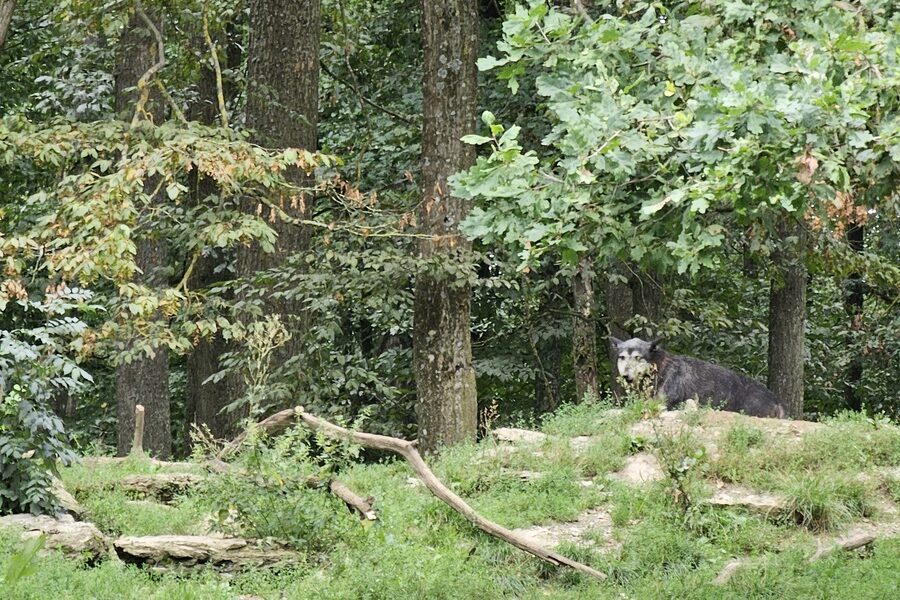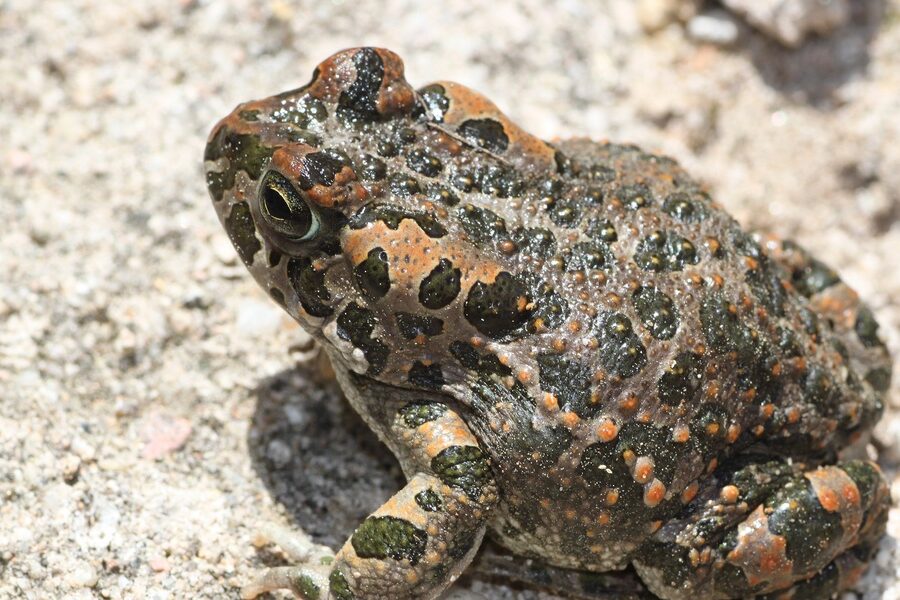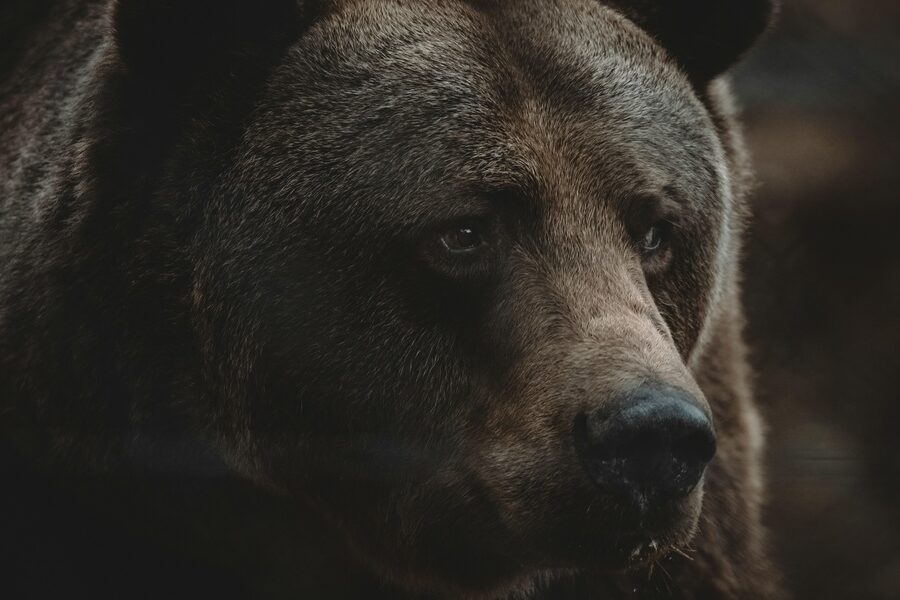Kyrgyzstan’s mountain valleys, rivers and agricultural lowlands host a surprising mix of native species and newcomers that alter habitats, water use and farmland. From roadside trees to aquatic invaders, these species can change grazing patterns, water quality and local biodiversity in ways that matter to farmers, conservationists and city planners.
There are 20 Invasive Species in Kyrgyzstan, ranging from Black Locust to Zebra Mussel. For each entry you’ll find below a concise row listing Scientific name,Type,Native range (region/country) so you can quickly see what it is, whether it’s a plant, mollusk or insect, and where it came from — a practical snapshot to guide monitoring and management, which you’ll find below.
How do these invasive species impact local ecosystems and people?
Impacts vary: some plants like Black Locust outcompete native vegetation and alter soil nitrogen, while aquatic invaders such as Zebra Mussel clog pipes and change lake food webs; together they can reduce forage, increase management costs and shift wildlife habitats, so prioritizing species by spread and harm helps focus action.
What practical steps can residents and authorities take to limit their spread?
Early detection, cleaning equipment and boats, restricting planting of known invasive ornamentals, public reporting, and coordinated removal or containment programs are effective; combining community awareness with targeted control reduces long-term ecological and economic damage.
Invasive Species in Kyrgyzstan
| Name | Scientific name | Type | Native range (region/country) |
|---|---|---|---|
| Canadian waterweed | Elodea canadensis | Aquatic Plant | North America |
| Common Ragweed | Ambrosia artemisiifolia | Plant | North America |
| Box Elder | Acer negundo | Plant (Tree) | North America |
| Siberian Elm | Ulmus pumila | Plant (Tree) | East Asia |
| Colorado Potato Beetle | Leptinotarsa decemlineata | Insect | North America |
| Zander | Sander lucioperca | Fish | Eastern Europe and Western Asia |
| Rainbow Trout | Oncorhynchus mykiss | Fish | North America (Pacific coast) |
| Varroa Mite | Varroa destructor | Arachnid (Mite) | East Asia |
| Black Locust | Robinia pseudoacacia | Plant (Tree) | North America |
| Topmouth Gudgeon | Pseudorasbora parva | Fish | East Asia |
| Sevan Trout | Salmo ischchan | Fish | Armenia (Lake Sevan) |
| Bream | Abramis brama | Fish | Europe |
| Fall Webworm | Hyphantria cunea | Insect | North America |
| White-tailed Deer | Odocoileus virginianus | Mammal | North and South America |
| Zebra Mussel | Dreissena polymorpha | Mollusc | Caspian/Black Sea region |
| Sosnowsky’s Hogweed | Heracleum sosnowskyi | Plant | Caucasus |
| Common Carp | Cyprinus carpio | Fish | Europe and Asia |
| Japanese Knotweed | Reynoutria japonica | Plant | East Asia |
| Field Dodder | Cuscuta campestris | Plant (Parasitic) | North America |
| Water Fern | Azolla filiculoides | Aquatic Plant (Fern) | Americas |
Images and Descriptions
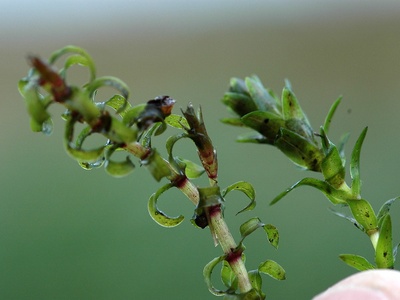
Canadian waterweed
Found in Lake Issyk-Kul and other water bodies, this submerged plant forms dense mats that clog waterways, block sunlight for native plants, and interfere with fishing and recreation. Management is difficult due to its rapid fragmentation and regrowth.
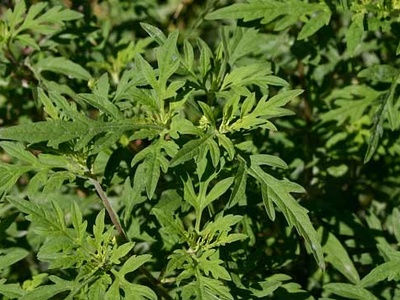
Common Ragweed
A notorious allergenic weed found in agricultural fields and disturbed lands, especially in the Chüy Valley. Its pollen causes severe hay fever, and it aggressively competes with crops like corn and sunflower, reducing yields. Mechanical and chemical control are used.
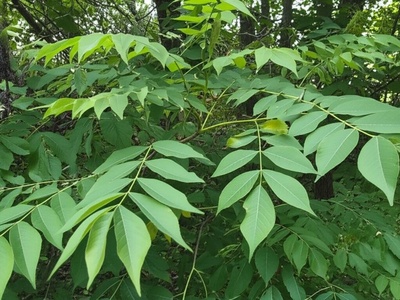
Box Elder
Originally planted in cities, this fast-growing tree has escaped into the wild, especially along rivers. It forms dense stands that outcompete native trees like willow and poplar, altering riparian ecosystems. Control is mainly through manual removal.
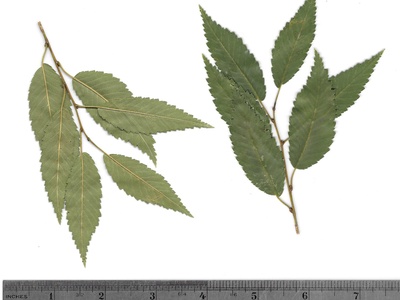
Siberian Elm
Widely planted for shelterbelts, this drought-resistant elm has aggressively naturalized in grasslands and riparian zones. It displaces native vegetation and can alter soil conditions. Its spread is largely unmanaged and it is now a common feature of the landscape.
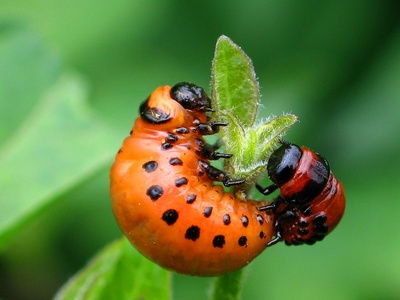
Colorado Potato Beetle
A major agricultural pest found throughout Kyrgyzstan’s potato-growing regions. Both larvae and adults feed on potato leaves, capable of completely destroying crops if left unchecked. Farmers rely heavily on insecticides for control, facing challenges with pesticide resistance.
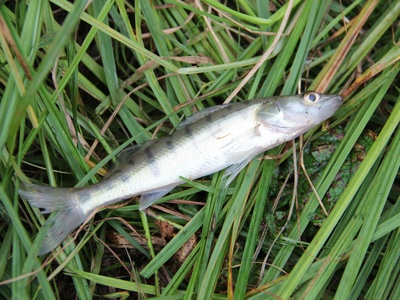
Zander
Intentionally introduced to Lake Issyk-Kul for fishing, this predatory fish has devastated native species, including the endemic Issyk-Kul dace. It is now a dominant predator in the lake, having permanently altered its unique food web, but supports a commercial fishery.
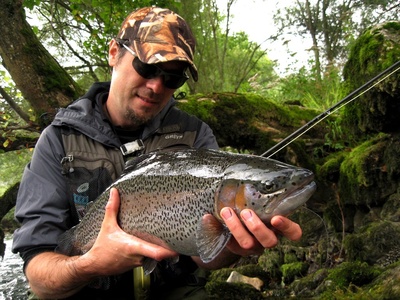
Rainbow Trout
Introduced for aquaculture and sport fishing, this trout has established wild populations in many Kyrgyz rivers and lakes. It aggressively competes with and preys upon native fish, including the endangered naked osman, threatening local biodiversity.
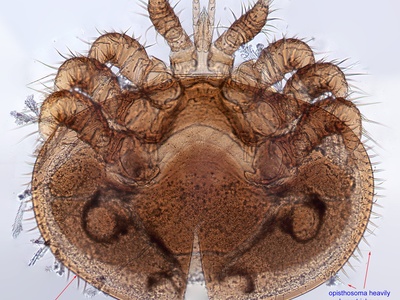
Varroa Mite
A devastating parasite of honey bees, now widespread in Kyrgyzstan. It attaches to bees and their larvae, feeding on them and transmitting deadly viruses, leading to the collapse of entire colonies. Beekeepers must use chemical treatments to manage infestations.
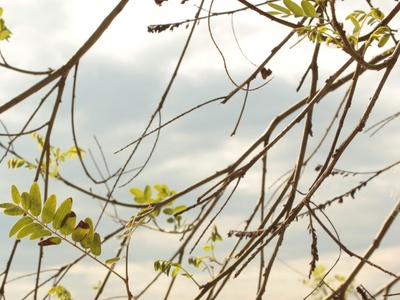
Black Locust
Planted for timber and erosion control, this tree has become highly invasive in valleys and foothills. It forms dense, thorny thickets that suppress native plants through shading and by altering soil nitrogen levels. Its spread is difficult to control once established.
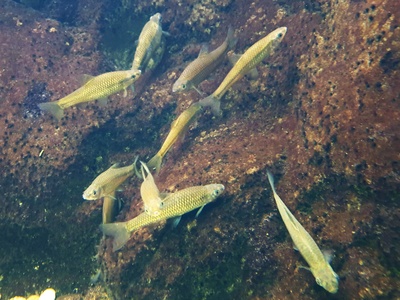
Topmouth Gudgeon
A small but highly invasive fish found in ponds and irrigation systems, likely introduced with carp. It reproduces rapidly, competes with native fry for food, and carries a parasite that is lethal to other fish species, threatening aquaculture and wild populations.
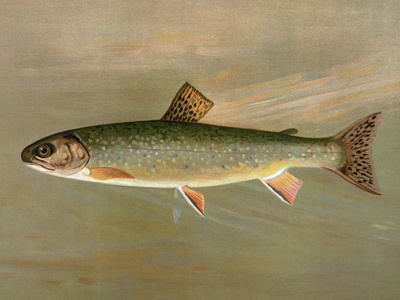
Sevan Trout
Introduced to Lake Issyk-Kul in the 1970s to create a new fishery. It successfully established and now competes directly with the lake’s endemic trout species for food and spawning grounds, contributing to their decline and disrupting the fragile native ecosystem.
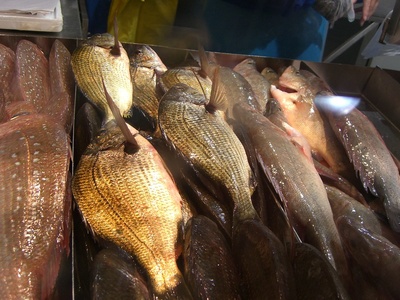
Bream
This fish was introduced into Lake Issyk-Kul and has become one of its most abundant species. Its bottom-feeding habits stir up sediment, increasing water turbidity and destroying habitats for native invertebrates and fish, fundamentally changing the lake’s ecology.
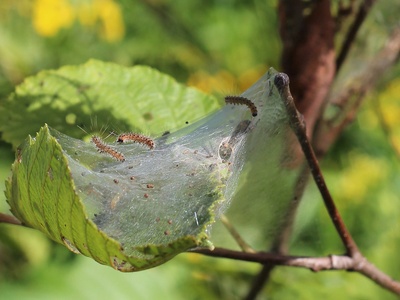
Fall Webworm
The larvae of this moth create large, communal silk webs on the branches of fruit and deciduous trees, especially in the Chüy and Fergana valleys. They defoliate the branches within the web, causing aesthetic damage and reducing fruit yields in orchards.
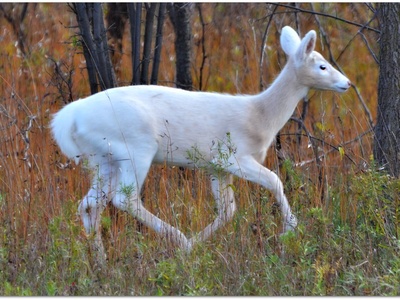
White-tailed Deer
Introduced to the Ala-Archa National Park area for hunting during the Soviet era. A small, wild population persists, impacting native vegetation through browsing. As a non-native grazer, it alters the natural plant community composition in its limited range.
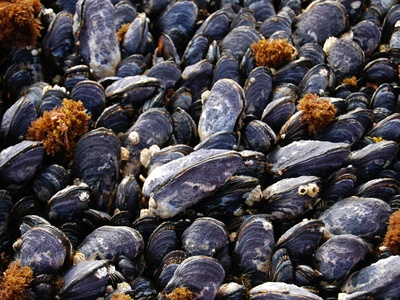
Zebra Mussel
This small, sharp-shelled mussel has invaded the Chüy river basin. It forms incredibly dense colonies on any hard surface, clogging water intake pipes for irrigation and industry, and fundamentally altering aquatic food webs by filter-feeding massive volumes of plankton.
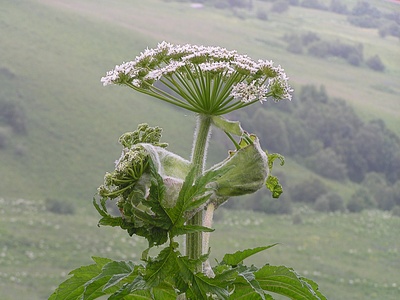
Sosnowsky’s Hogweed
A giant, dangerous plant found along roadsides and riverbanks. Its sap contains phototoxic chemicals that cause severe, blistering burns on human skin when exposed to sunlight. It forms dense stands that crowd out native vegetation and poses a significant public health risk.
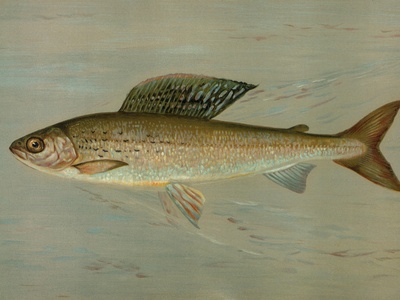
Common Carp
The domesticated form was widely introduced to Kyrgyzstan’s lakes and reservoirs for food. Its bottom-feeding behavior muddies the water, uproots aquatic plants, and destroys spawning habitats for native fish, severely degrading aquatic ecosystems across the country.
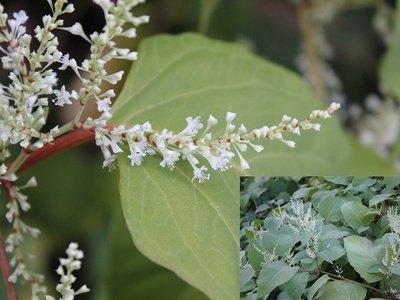
Japanese Knotweed
An aggressive perennial herb that has escaped from gardens, particularly in the Chüy region. It forms dense, impenetrable thickets that exclude all other plant life and can even damage infrastructure with its powerful roots. Eradication is notoriously difficult.
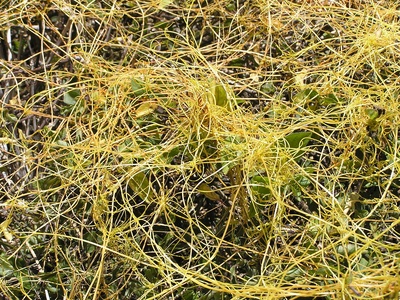
Field Dodder
A parasitic plant appearing as yellow, thread-like vines that smother host plants. It is a major pest in alfalfa, clover, and sugar beet fields throughout Kyrgyzstan, draining nutrients from the crops and significantly reducing both the yield and quality of forage.
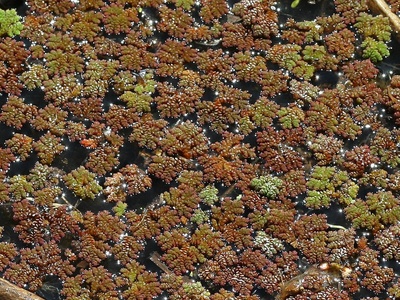
Water Fern
This tiny, free-floating fern can rapidly cover the surface of still or slow-moving water bodies like ponds and irrigation canals. The dense mat it forms blocks sunlight and oxygen, killing submerged native plants and fish, and can impede water flow.
